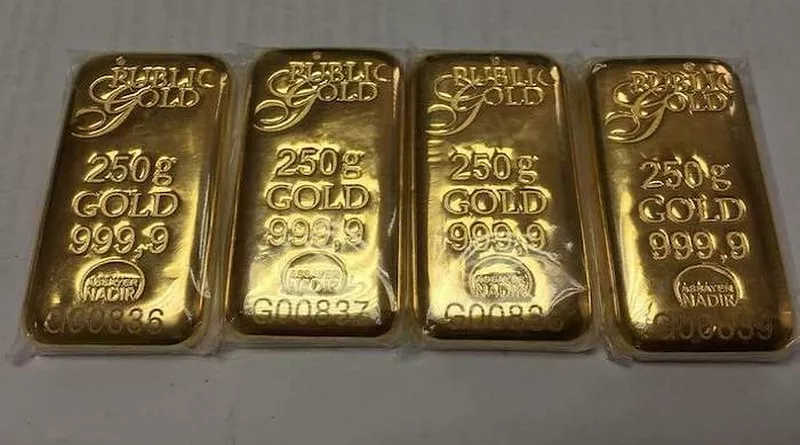Gold (XAU/USD) traded in the $2,620 range on Tuesday, reaching the lower boundary of its recent $50 trading band. The precious metal faced pressure after China’s fiscal stimulus measures, announced earlier in the day, fell short of expectations. As the world’s largest gold consumer, China’s muted economic boost dampened gold demand.
Additionally, the fading likelihood of a significant rate cut by the Federal Reserve in November has further weighed on gold prices. Market sentiment is shifting towards a smaller 25 basis point (0.25%) cut, or possibly no cut at all, diminishing gold’s appeal as an investment. A lower rate cut means the opportunity cost of holding gold—a non-yielding asset—remains higher than anticipated.
ETF Inflows and Safe-Haven Demand Bolster Gold
Despite these headwinds, gold continues to find support from strong demand for gold-backed Exchange Traded Funds (ETFs). According to the World Gold Council (WGC), ETF inflows in September added 18 tonnes of gold, bringing total holdings to 3,200 tonnes and cumulative inflows to $1.4 billion for the month. This marked the fifth consecutive month of positive inflows, following similar trends in August and July.
Gold’s safe-haven status has also been reinforced by ongoing geopolitical tensions in the Middle East. Israel intensified attacks on Hezbollah targets in Lebanon following a Hamas bombing, with Israeli forces reportedly killing a senior Hezbollah leader. Hezbollah’s deputy leader, Naim Qassem, vowed that the group would not be the first to back down in the conflict.
The threat of further escalation, including potential Israeli retaliation against Iran, has kept markets on edge. Meanwhile, the broader global trend of declining interest rates, despite the recalibration of expectations in the U.S., continues to provide a strong foundation for gold’s role as a portfolio asset.
You Might Be Interested In
- Russia Eyes Strategic Replenishment of Precious Metals Reserves Amid Global Demand Surge
- Gold Prices Steady Amid Geopolitical Tensions
- Gold Market Faces Growing Downside Risks Amid Record Highs


